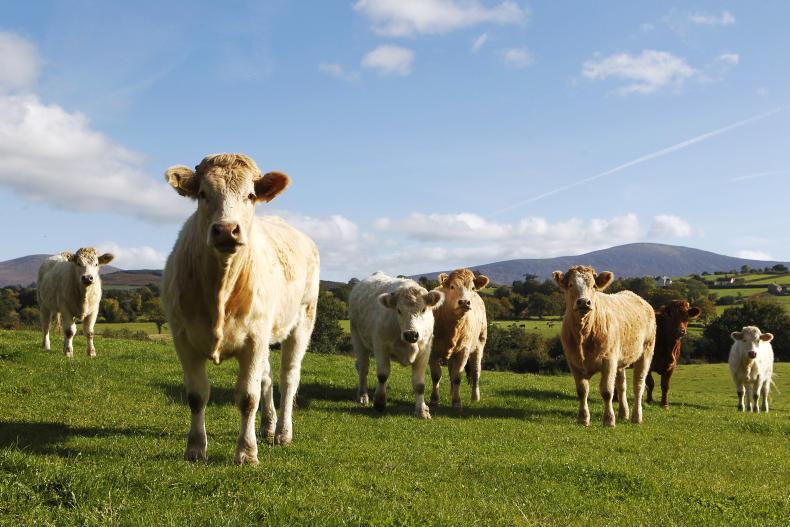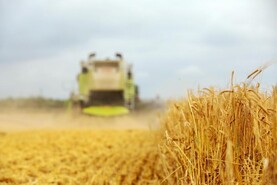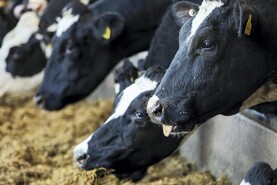While the prices of finished and store cattle dropped by 5% and 8% this year, Teagasc economists estimate that falling fertiliser costs offset the losses and allowed suckler farmers to retain their income, while beef finishers suffered a 3% margin drop.
This won’t be the case next year, Teagasc expects beef prices to fall by a further 12%, while those of weanlings and stores drop 10%. This would place the average 2017 R3 steer price well below €3.50/kg against the backdrop of European oversupply and weak consumption as consumers switch to white meat, as well as increasing cattle throughput here.
While cow slaughter will be lower in 2017, prime cattle slaughter will be up - K. Hanrahan - @teagasc Review and Outlook 2017 pic.twitter.com/Ws2WJBkiOU
— Odile Evans (@OdileEvans) November 29, 2016
“The Brexit referendum result and depreciation of the pound sterling against the euro has created an immediate competitiveness challenge for the Irish beef industry,” the authors of the report add. “Developments in live exports to markets in the Mediterranean will be welcomed, they will not be sufficient to turn around the pessimistic price outlook for 2017.”
On the inputs side, fertiliser is expected to remain at the low price levels reached recently, leading to a 4% cheaper bill over the course of the full year. Fuel, however, will become dearer.
The combination of free-falling cattle prices and marginally reducing input costs will push the profitability of farmers into negative territory.
The average net margin per hectare in 2017 is forecast to be -€65 on suckler farms and -€151 for beef finishing. In both production systems, only the most profitable farmers are seen to return any income next year.

Teagasc sees 5% farm income growth next year
Beef prices update: trade sticky in places
Full coverage: Teagasc outlook 2017






 This is a subscriber-only article
This is a subscriber-only article











SHARING OPTIONS: